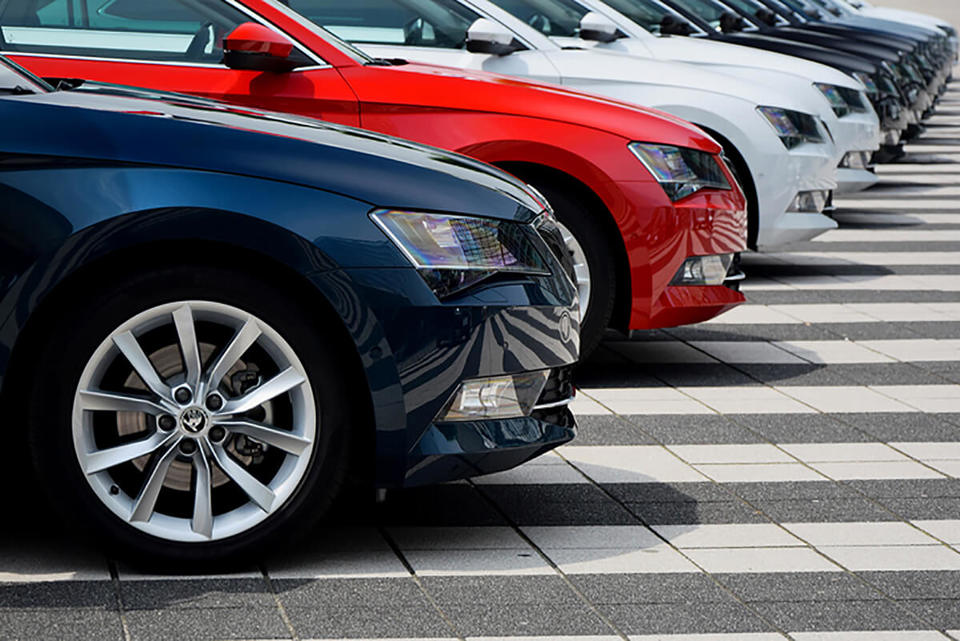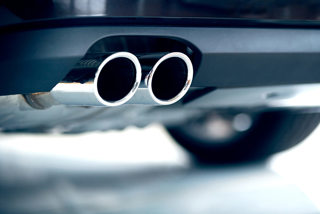Fleets should be prepared for a more complicated Vehicle Excise Duty (VED) system in April that will be based on list price as well as CO2 emissions. It will see the Treasury collect tax on many low emissions vehicles for the first time.
Cars registered on or after April 1, 2017, will have a first-year rate according to the vehicle’s CO2 emissions, but will also be split into three bands for the subsequent standard rate: zero emission, standard (cars up to £40,000) and premium (priced above £40,000).
Zero emission cars pay no VED, unless priced more than £40,000 when they will be hit with the premium rate of £310 for each of the next five years after the initial zero first-year rate.
Standard cars pay the first-year rate according to their emissions banding and then the standard rate of £140 per year. Premium cars also pay the first-year rate according to their emissions but are then hit with a £310 supplement for the next five years, taking the VED to £450 a year.
Caroline Sandall, ACFO deputy chairman, said: “There remains some confusion as it’s not the simplest.
“Lease companies have had to make fairly substantial system changes to manage this.”
In 2015, the then Chancellor George Osborne highlighted that without an overhaul of the current system, around 75% of new cars would be eligible for free road tax by 2017.
Drivers of fuel-efficient and hybrid cars will feel some of the biggest changes. For example, a Vauxhall Insignia 1.6CDTi SRi Nav with CO2 emissions of 116g/km would have attracted no VED in the first year and then £120 over a four-year period. The same vehicle will now cost £580 over four years to tax under the new regime.
A Volkswagen Tiguan 2.0 TDI SE Navigation sits just under the 130g/km threshold at 127g/km, but it will cost £580 over four years, rather than £330 under the previous system.
The premium Tesla Model S has zero emissions and would have attracted no VED over four years. It will now cost £930 to tax over four years.
Gerry Keaney, BVRLA chief executive, said the new VED system has required significant changes to most quotation and leasing company systems.
He said: “Customers will have to pay particular attention to any additional accessories that are fitted by the manufacturer, which could take a vehicle’s list price over the £40,000 barrier, incurring a supplementary annual charge of £310.”
Mark Jowsey, KeeResources director, said the VED changes could create “significant issues” from pricing to model mix development for passenger cars.
He said the fact the changes are not retrospective has “lightened the load”, but added that the industry needs to understands these changes across the car distribution chain.
Sandall said vehicles are impacted to varying degrees so fleets should look at their order and choice lists to see how they will be affected.
She said: “The level of change driven by this will therefore vary by fleets dependent on their profile.
“It does have a greater impact on lower emission vehicles and, coupled with other economic changes, this could see drivers looking at alternatives. Typically in an open choice situation drivers will look to find the best value.”
Paul Tate, Siemens commodity manager, played down the impact for drivers. “We had 38 employees that needed requoting for a vehicle of which only one kicked off. When they were informed it was out of our and the leasing company’s hands, they did eventually accept it,” he said.
“We are reviewing our rate books and the changes have impacted them but we are at the early stages with this.”
The Driver and Vehicle Licensing Agency (DVLA) has spoken about the changes at a number of fleet events, including ACFO and BVRLA meetings.
Helen Jones, DVLA vehicle service designer said: “We are conscious that fleets order well in advance so we have been communicating these changes since the end of summer last year.”
The DVLA held a free webinar in January involving around 200 of its fleet contacts.
Jones said the webinar, which included a Q&A session inviting feedback, had “almost 100% take up”. She said: “We welcome feedback from the fleet industry and would urge people to get in touch if they need help with the changes to VED.”
Despite the efforts of the DVLA, Steve Winter, British Gas head of fleet, believes there is a general lack of awareness about the changes.
He believes the new system will affect choice and would change the fleet mix of vehicles.
The DVLA admitted that the new VED charges could lead to a surge in registrations in March, but Jones said: “All we can do is prepare as best we can for all eventualities.”
Keaney is expecting vehicle lead times to be an issue as some manufacturers encourage fleets and consumers to buy a vehicle ahead of the April change, putting pressure on delivery dates.
Mike Hawes, Society of Motor Manufacturers and Traders (SMMT) chief executive, also expects the March plate change to be busier than usual, particularly for premium brands.
Matthew Walters, Leaseplan head of consultancy services, said the leasing company had been looking at where it could bring orders forward for the vehicles that will see the most negative tax impact.
He said: “We’re doing what we can and using our manufacturer relationships to see where we can bring orders forward.”
Walters said he had not seen any indication there will be a negative impact on lead times as a result of the rush for registrations in March.
He said: “We’re not seeing a rush yet but it’s possible there could be pressure towards April.”
Keaney said: “From a policy perspective, one of the really disappointing elements of this new VED regime is it removes much of the incentive for choosing an ultra-low or zero emission vehicle, many of which cost around £40,000 or more.
“When combined with the changes to the CO2-based company car benefit-in-kind (BIK) tax thresholds, we believe these tax measures are going to seriously hinder the uptake of greener, cleaner cars.”
The SMMT is also disappointed with the new system and the potential impact it will have on ultra-low emission vehicle sales. There are other elements of the incentives package that are available, such as grants and in company car tax.
“But the challenge is the effect of the VED at a time when many manufacturers are bringing models to market. The incentives are still there but they are not as big as they could have been,” said Hawes.
The Treasury said the new VED still “clearly favours” the lowest emissions vehicles. It also said the Government keeps all taxes “under review”.
Walters agreed the new system is more complex, particularly considering the other changes the Government has introduced with salary sacrifice and company car tax.
However, he pointed out that the VED changes have been signposted since 2015 to give the leasing industry time to prepare.
“We have been communicating with customers from August and continued that through the end of last year and into this,” Walters said.
“My advice for fleet managers is that if you’re unsure about any element of this, get in touch with your supplier and they will help you.”
Walters said that, while there are some concerns around VED, the changes to BIK are more worrying.
He said: “Our lobbying effort is focused on trying to convince the Government to bring forward the 2% BIK that is scheduled for pure electric vehicles from 2020/21 to this year.”





















Login to comment
Comments
No comments have been made yet.